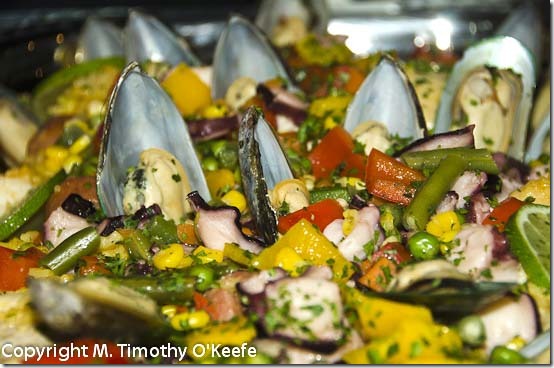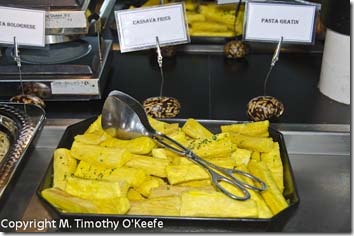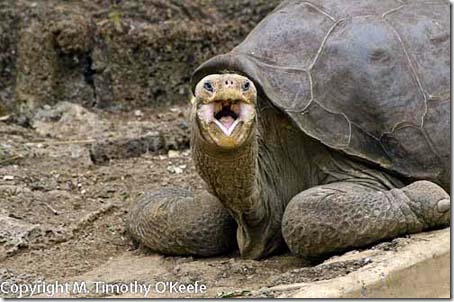
Well, would you be happy to be the last of a rare species?
Poor old “Lonesome George”
When Lindblad’s National Geographic Endeavour anchors off Santa Cruz Island, we go ashore to see the world famous giant tortoise known as “Lonesome George.” As the last member of his species, he is considered the world’s rarest torotise.
Of the 15 different species of tortoise that once lived on 15 different islands of the Galapagos, three are now extinct. A fourth species is about to disappear.,
Lonesome George, estimated at 100 years old and considered in good health, is the last remaining member of the Pinta Island species. The Guinness World Records calls him the world’s “rarest living creature.” The very last of his kind. He supposedly was named after a popular 1950’s comedian, George Goebel, whose nickname was “Lonesome George.”
Considering the near extinction of the tortoises on Pinta Island, it’s hard to comprehend that giant tortoises were once commonplace throughout the world. They lived not only in the Americas but Europe and Asia, going back to the age of the dinosaurs. What depleted Lonesome George’s race is what killed off almost all the world’s giant tortoises.
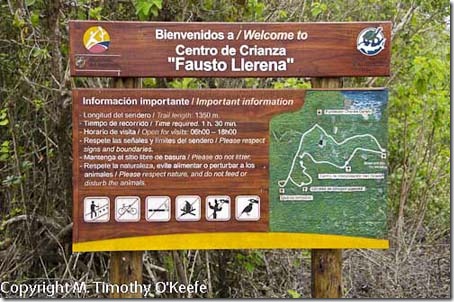
Darwin Research Station Captive Breeding Sign
Giant tortoises lose out to invasive goats
Scientists say the huge tortoises of eons ago were unable to compete successfully with the many herbivores found on the continents. This is why today they exist only on isolated islands where they have no competition folr food.
Thanks to Charles Darwin’s writings, the Galapagos tortoises are the best known of the remaining giant tortoises. Yet they also survive on the islands of Madagascar and the Seychelles, both in the Indian Ocean.
The Galapagos, of course, owe their name to the giant tortoises, taken from the Spanish word Galápago meaning saddle. Saddleback tortoises aren’t as large or as impressive looking as the bell-shaped shells of animals like Lonesome George. The smaller saddlebacks, however, enjoy a shell shape that allows them to extend their necks higher to feed.
Saddlebacks tend to reside on islands with less vegetation compared to the bigger, dome-shaped tortoises. The larger torotises are still common on islands like Santa Cruz, where the vegetation is relatively rich.
Finding Lonesome George the right mate
Lonesome George is from Pinta Island, where the vegetation was decimated by introduced, goats. Like the giant tortoises that once thrived worldwide, those on Pinta Island were out-competed. After Lonesome George was found in 1971, it took 20 years to move him to the to the Darwin Research Station. The first breeding attempt was in 1993.
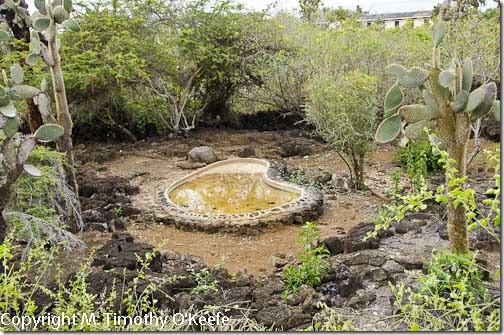
Lonesome George’s isolation cell. See any females? He doesn’t either.
George was provided with two female tortoises of different subspecies in an attempt to produce offspring. George and his revolving harem produced eggs but all to date have been infertile. Even if all the eggs did hatch technically the Pinta Island race still would be extinct once Lonesome George is gone. Any offspring would be of mixed, not pure, blood. (Shades of Lord Voldemort!)
$10,000 reward for Pinta Island female torotise
To preserve the Pinta Island subspecies, Lonesome George needs offspring from a Pinta Island female. A $10,000 reward is available to any zoo or private collector willing to provide a Pinta female for Lonesome George to mate. Nonehas been offered. Ironically, it is possible there is a second Pinta Island male tortoise slightly younger than George which lives in the Prague Zoo.
World renown tortoise expert Peter Pritchard considers the shell pattern of the Prague tortoise to be similar to that of George’s but no DNA tests have been conducted to confirm or refute the possibility. For the time being, rescuing the Pinta Island tortoise subspecies is at a stalemate that may never be resolved.
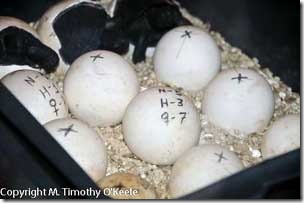
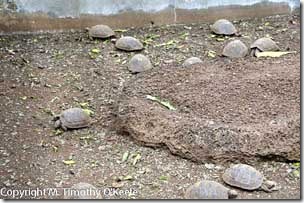
Tortoise eggs being incubated; tortoise breeding pen.
Meeting Lonesome George
Our walk from the Santa Cruz Zodiac to enter the Darwin Research Station and reach Lonesome George takes about 20 minutes. We pass several turtle pens where species from other islands are being effectively bred. Our view from an overlooking walkway into Lonesome George’s pen is depressing. He has a huge space to roam, able to hold scores of giant tortoises.
He looks so large compared to the females offered to entice him. No wonder George isn’t turned on by them. The pen itself seems to have everything a tortoise could want: lots of shade, vegetation and a huge concrete pond. From pictures I’ve seen of George on various web sites, he rarely leaves the pond’s edge.
Only a few steps away from Lonesome George is a crowded pen with an Espanola male tortoise named Diego. Far more energetic but lesser known, he is largely responsible for bringing back his island’s population.
How a tortoise named Diego revived his species
Only 15 tortoises remained on Espanola when the government began eradicating goats there. The entire population was brought to the Darwin Research Station in hopes of increasing their numbers. But an unexpected problem cropped up. All of the males refused to mate.
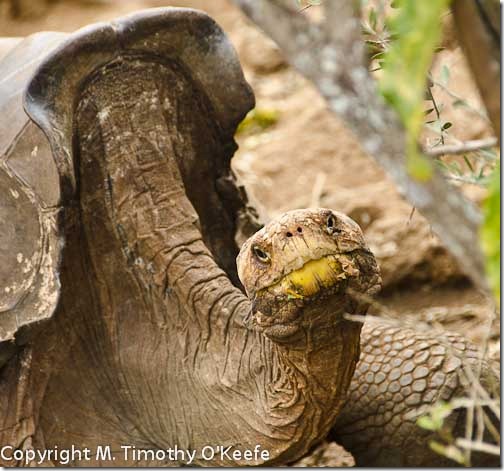
Diego, the studliest stud of Galapagos tortoises
The San Diego Zoo in California called the Darwin Research Station about a rogue Espanola male tortoise of theirs which was attacking all the other males. Did the Darwin Station want him? Yes, was the fateful answer. When this bully arrived, he was named Diego in honor of the zoo that donated him.
Diego promptly expended all his energy on the receptive females and quickly created a new generation of Espanola tortoises. Diego’s prowess inspired the formerly disinterested Espanola males. The resulting orgy sent more than 1,600 tortoises back to their homeland. Diego remains at the Darwin Station to continue his good work. He deserves a memorial, although I can’t think of a way it would be PG.
Does Lonesome George need sex education?
Meanwhile, Lonesome George is rarely interested, perhaps due to “low T” or maybe he just needs to be inspired (instructed?) as Diego’s buddies were. From what I see, George’s pen is cut off from all other turtle breeding pens.
He has no opportunity to see what is going on around him. He lives in splendid isolation–like someone being confined to a large mansion with his two women. Meanwhile, Diego and his crew are out having fun in their back yard.
George needs to be moved where he can watch Diego in action and get over his performance anxiety. Or performance ignorance. According to our Lindblad guides, they even played music to help inspire Diego. Well, show George some turtle porn. Do something to provide him the same type of motivation given to Diego, who was a bad boy and probably didn’t need it anyway.
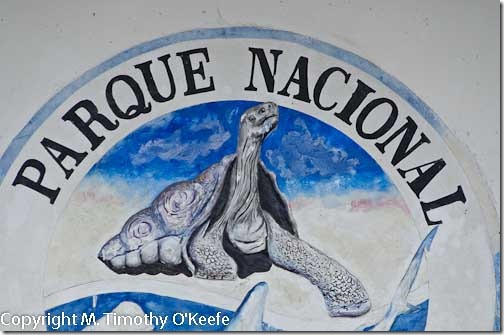 Lonesome George is part of the Galapagos National Park logo
Lonesome George is part of the Galapagos National Park logo
A cynic might say the Charles Darwin Foundation which operates the Charles Darwin Research Station deliberately keepis George lonesome and uninspired ito preserve him
as a powerful conservation symbol. Not only is George the Darwin Station’s most famous celebrity and its main attraction, he keeps both the Darwin Research Station and the Galapagos National Park in the public eye.
There can be no true happy ending to his saga without another Pinta Island female.
RIP
Lonesome George died June 24, 2012, without ever successfully mating. He was the last of his kind.
Lindblad Endeavour Galapagos Cruise Links
The Galapagos Experience Endeavour Dining
Galapagos Adventure Upcoming Sustainable Dining Policy
How Darwin Saved The Galapagos Saturday Dining Menus
Galapagos Photo Tips Sunday Dining Menus
What To Pack For Cruise Monday Dining Menus
Getting to Guayaquil Tuesday Dining Menus
Las Bachas Shore Landing Wednesday Dining Menus
North Seymour Shore Landing Thursday Dining Menus
Fernandina & Isabela Islands Friday Finale Menus
Urbina Bay Shore Landing Endeavour Recipes
Life Aboard The Endeavour
More About Life On Board
Puerto Egas Shore Landing
Endeavour’s Floating SPA
Meeting One of World’s Rarest Animals
Puerto Ayoro Walking Tour
Santa Cruz Highlands Tour
Hunting Tortoises in the Santa Cruz Highlands
San Cristobal, Endeavour’s final stop
Like this:
Like Loading...
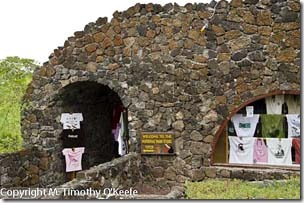
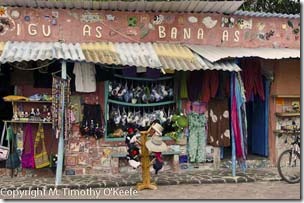

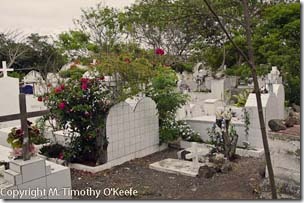
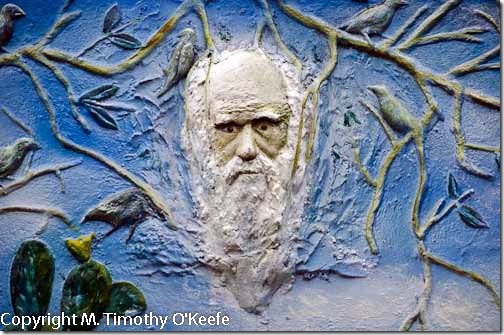 Charles Darwin Arch, a major landmark on the outskirts of the city.
Charles Darwin Arch, a major landmark on the outskirts of the city.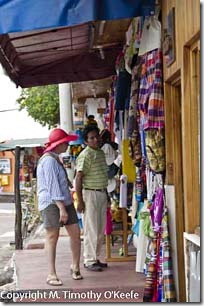
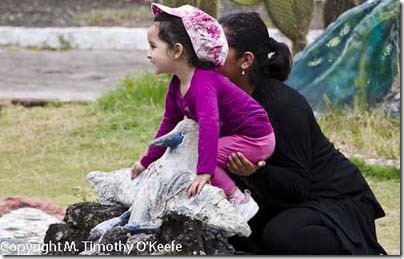
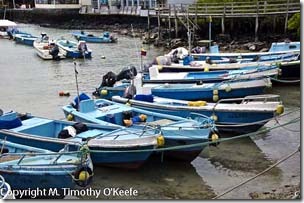
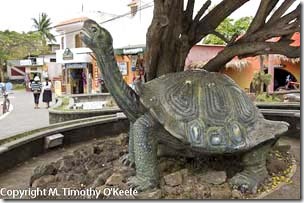
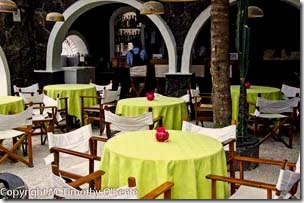
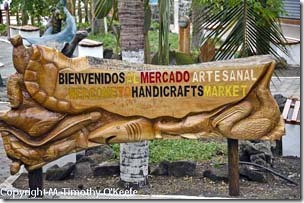


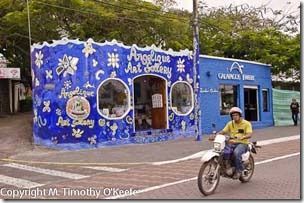
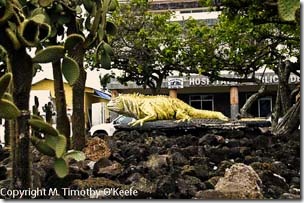
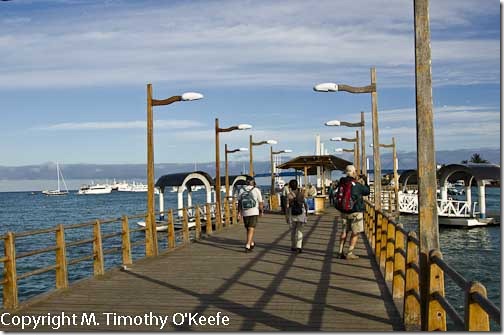 Pier to water taxis—and cruise ship Zodiacs—fronting Academy Bay
Pier to water taxis—and cruise ship Zodiacs—fronting Academy Bay
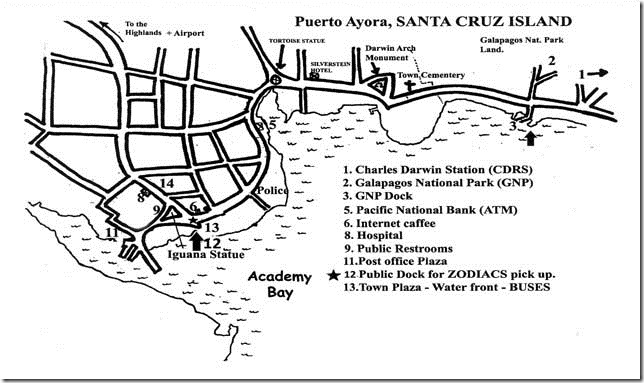
 Follow
Follow









